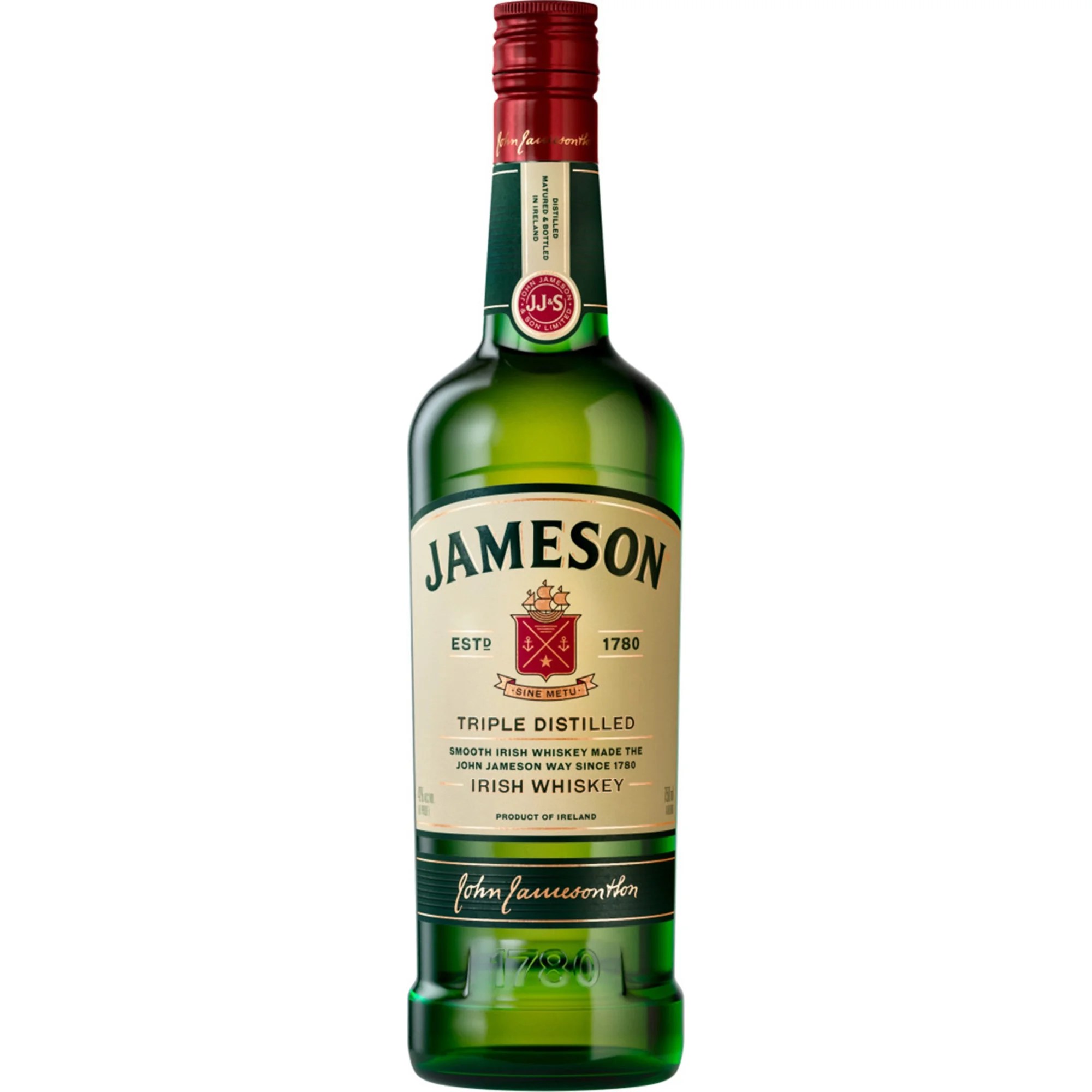Understanding 750ml: The Perfect Size For Beverages
When it comes to beverage packaging, 750ml is a popular choice that strikes the right balance between convenience and quantity. Whether you are purchasing a bottle of wine, spirits, or soft drinks, understanding the significance of this size can enhance your beverage experience. In this article, we will delve into the nuances of the 750ml bottle, its advantages, and its applications across various drinks.
The 750ml size has become a standard in many industries, particularly in the wine and spirits market. Its origins date back to the traditional methods of wine production, where this quantity was deemed ideal for both consumer enjoyment and practical storage. As we explore the characteristics of 750ml bottles, we will also highlight why this size is favored by manufacturers and consumers alike.
Join us as we navigate through the world of 750ml beverages, examining its benefits, usage, and the various contexts in which this size is the preferred choice. Whether you are a casual drinker or a connoisseur, understanding the 750ml bottle will undoubtedly enhance your purchasing decisions.
Table of Contents
- What is 750ml?
- History of 750ml Bottles
- Benefits of Choosing 750ml
- The Role of 750ml in Wine
- 750ml in Spirits and Liquors
- 750ml in Non-Alcoholic Beverages
- Environmental Impact of 750ml Packaging
- Conclusion
What is 750ml?
The 750ml measurement refers to a bottle size that holds approximately 25.4 ounces of liquid. This size is widely recognized across various beverage categories and has become a standard measurement for many products. Here are some key points about 750ml:
- Commonly used for wine, spirits, and soft drinks.
- Ideal for sharing among friends or during gatherings.
- Convenient for storage and transport.
History of 750ml Bottles
The history of the 750ml bottle can be traced back to the 19th century, specifically in the wine industry. The French standardized this bottle size to facilitate sales and distribution. As the popularity of wine grew globally, the 750ml size became the norm, paving the way for its adoption in other beverage markets. Key historical points include:
- Standardization in France during the late 1800s.
- Adoption by other countries for consistency in trading.
- Influence on modern packaging practices.
Benefits of Choosing 750ml
Opting for 750ml beverages comes with several advantages that cater to both consumers and producers. Here are some notable benefits:
- Portion Control: 750ml is a manageable size for individuals and groups, making it easy to control portions.
- Value for Money: Typically, 750ml bottles offer a better price per ounce compared to smaller sizes.
- Quality Preservation: The glass used in 750ml bottles is designed to protect the contents from light and air, preserving flavor and quality.
The Role of 750ml in Wine
As one of the most prominent uses for the 750ml bottle, wine benefits greatly from this standard size. Here’s how:
Wine Portioning and Sharing
The 750ml bottle holds approximately five glasses of wine, making it perfect for social occasions. This size allows for easy sharing without excessive leftovers.
Wine Aging and Quality
For wines that require aging, the 750ml bottle provides an ideal environment. The glass thickness and seal quality ensure that the wine matures properly over time.
750ml in Spirits and Liquors
In the spirits industry, the 750ml size is prevalent for several reasons:
- Standardized Pricing: The 750ml size allows for consistent pricing across brands, making it easier for consumers to compare products.
- Convenient Packaging: This size is easy to handle and transport, making it a favorite among consumers and retailers.
750ml in Non-Alcoholic Beverages
The 750ml size is not limited to alcoholic drinks. Many non-alcoholic beverages, such as sodas and juices, also utilize this bottle size. The benefits include:
- Family-Friendly: A 750ml bottle is perfect for family gatherings, providing enough quantity for everyone.
- Variety: Many brands offer a range of flavors and options in the 750ml size, catering to diverse tastes.
Environmental Impact of 750ml Packaging
As sustainability becomes increasingly important, the environmental impact of beverage packaging is a significant concern. The 750ml bottle has its pros and cons:
- Recyclability: Glass is widely recyclable, and 750ml bottles are often reused or repurposed.
- Carbon Footprint: Larger bottles can sometimes lead to a lower carbon footprint per ounce compared to smaller packages.
Conclusion
In conclusion, the 750ml bottle size is a well-established standard in the beverage industry, offering numerous benefits for both consumers and producers. Its historical significance, convenience, and adaptability across various types of drinks make it a popular choice. As you explore your beverage options, consider the advantages of choosing 750ml for your next purchase, whether it’s a bottle of wine, spirits, or a refreshing non-alcoholic drink.
We invite you to leave your thoughts in the comments below, share this article with others, and explore more of our content for further insights into the world of beverages!
Thank you for reading, and we look forward to welcoming you back to our site for more informative articles!
Understanding Carey: A Comprehensive Guide To Its History And Significance
Understanding Indot: A Comprehensive Guide To Its Significance And Applications
Exploring The Life And Career Of Joann Kelly: A Rising Star


